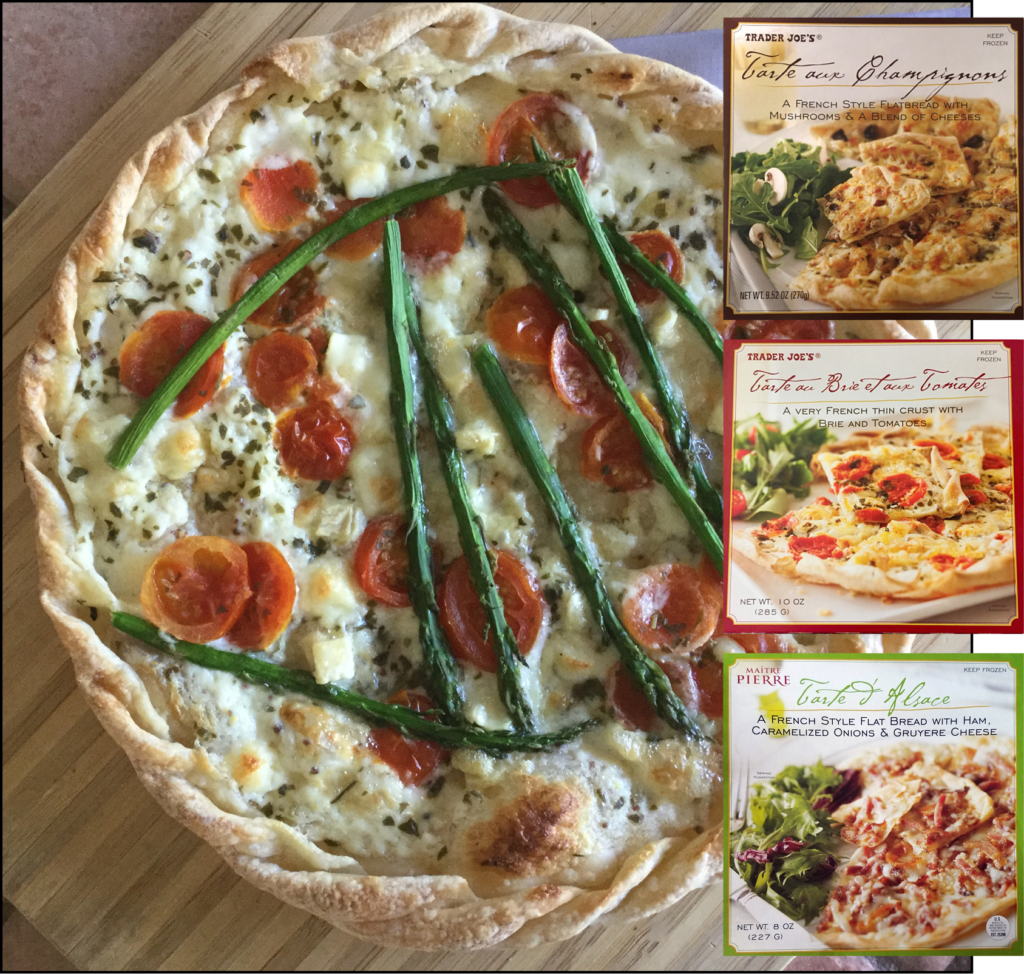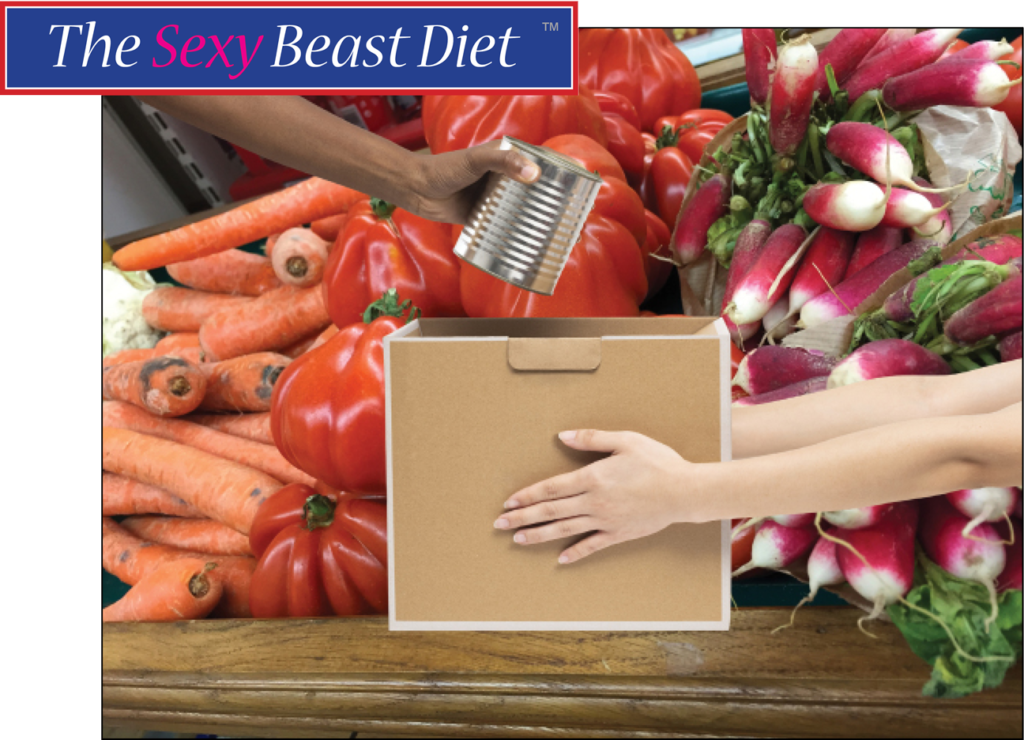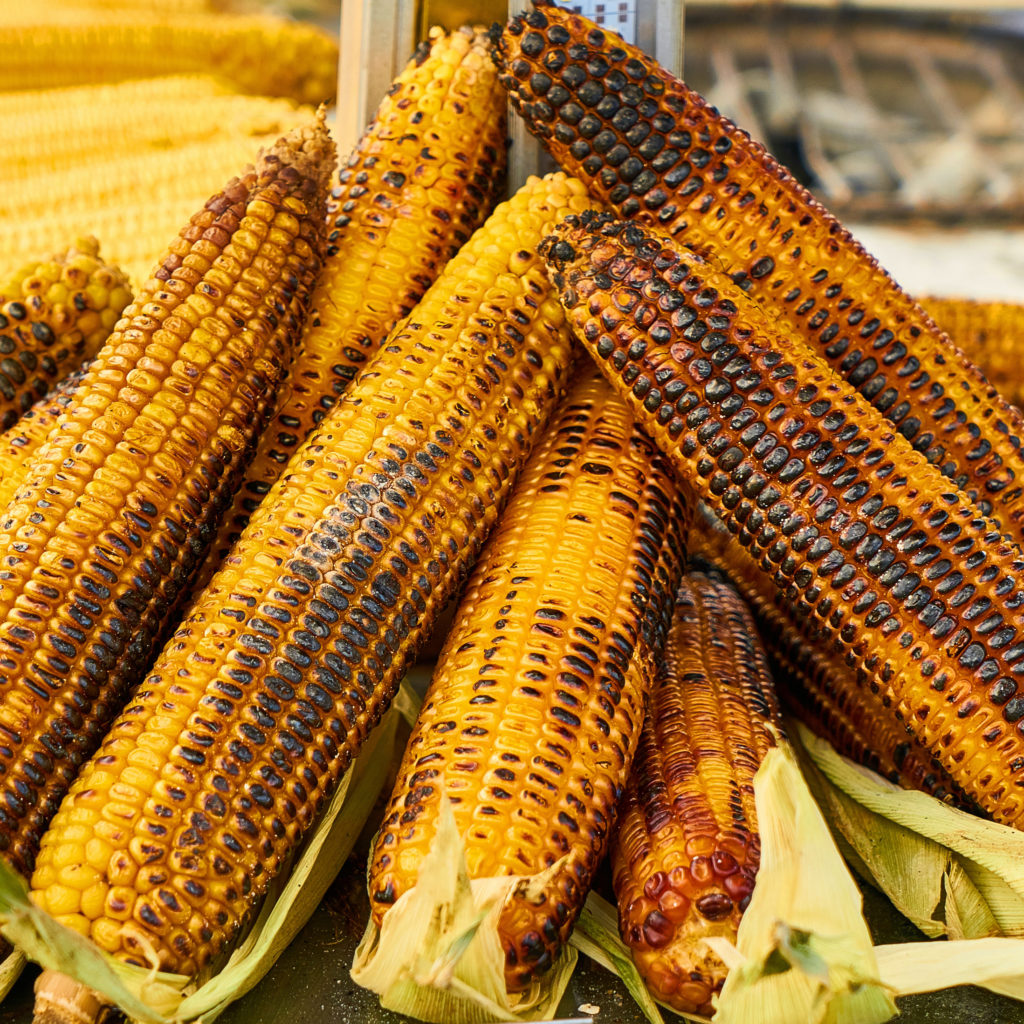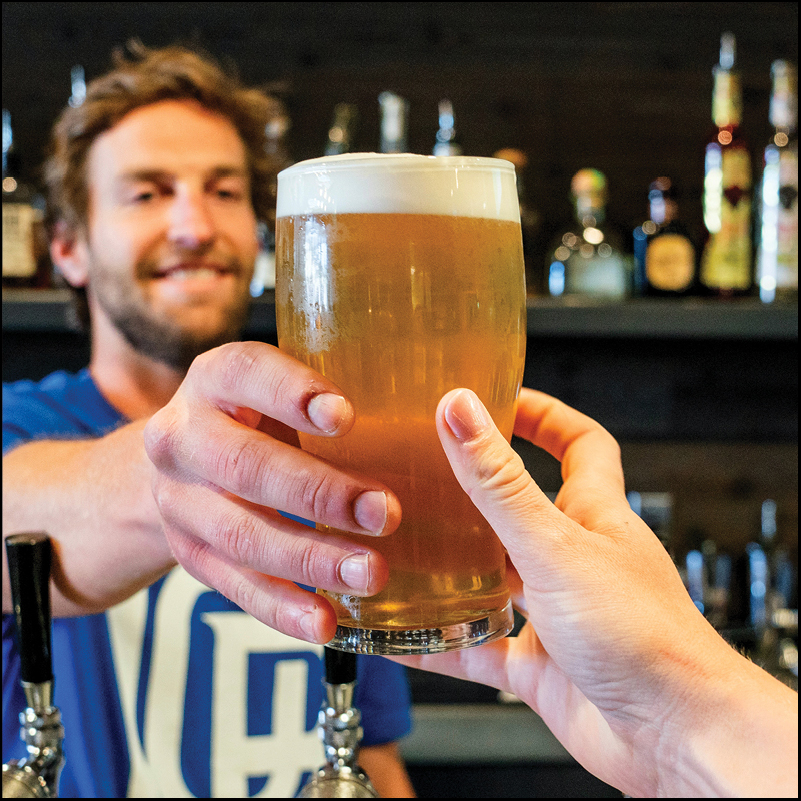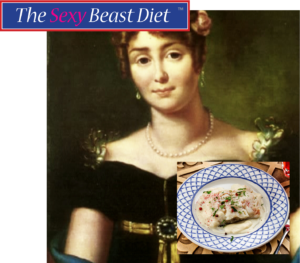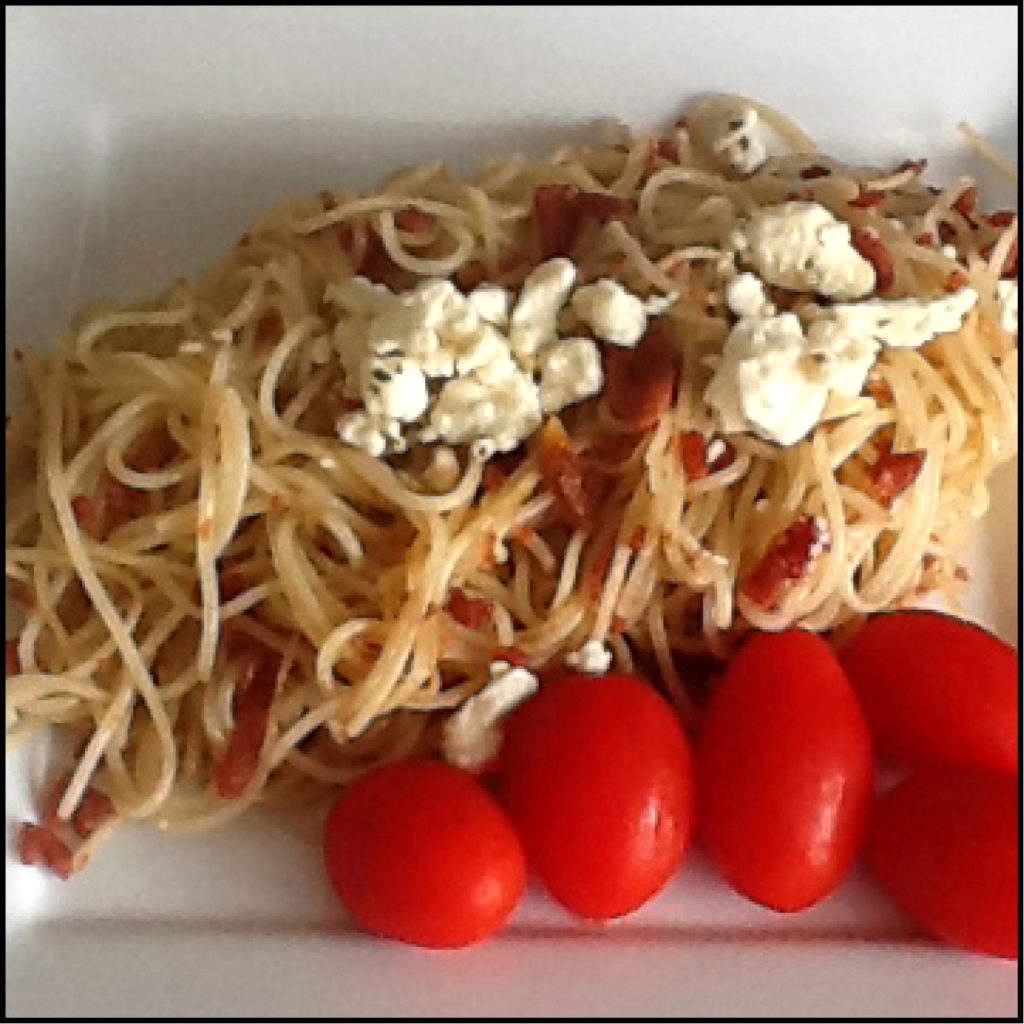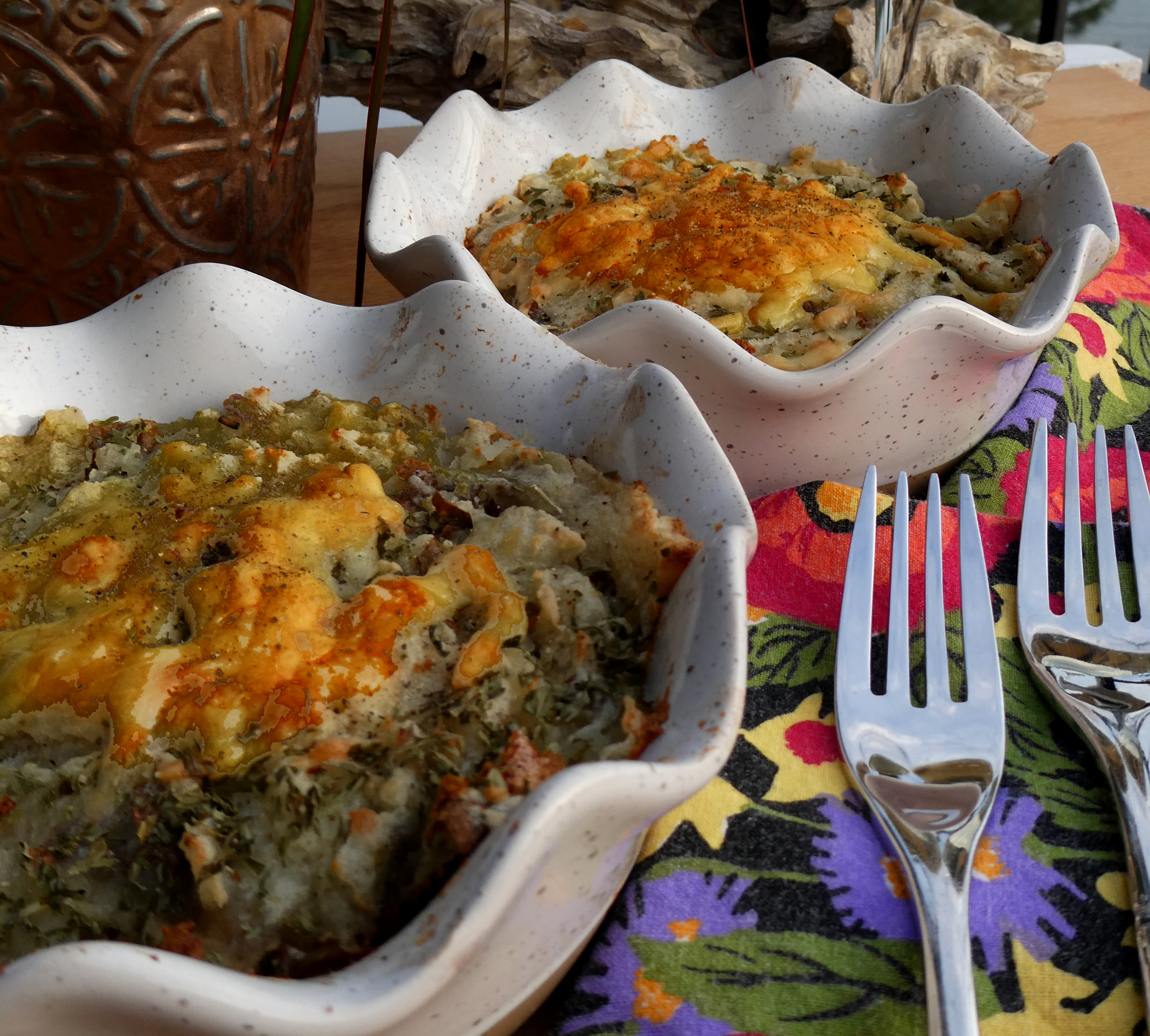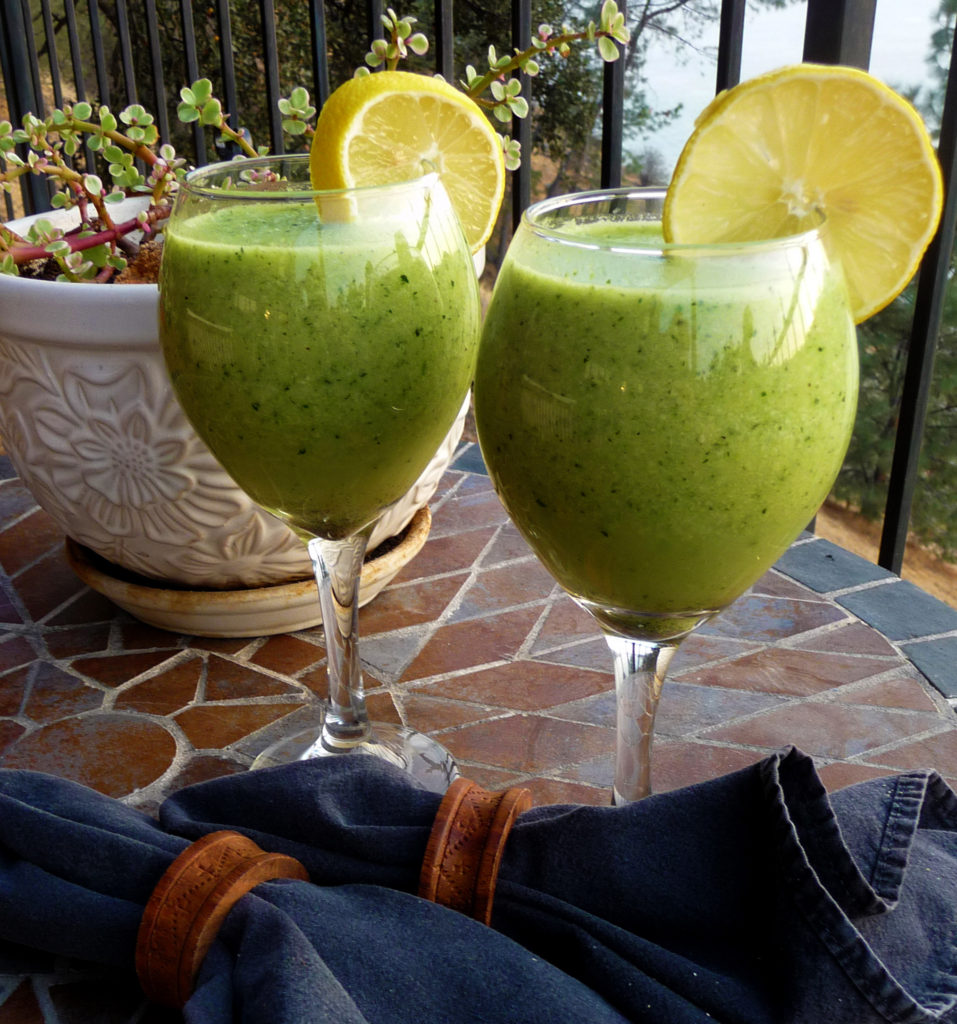—Spaghetti All’italiana e Salsiccia—
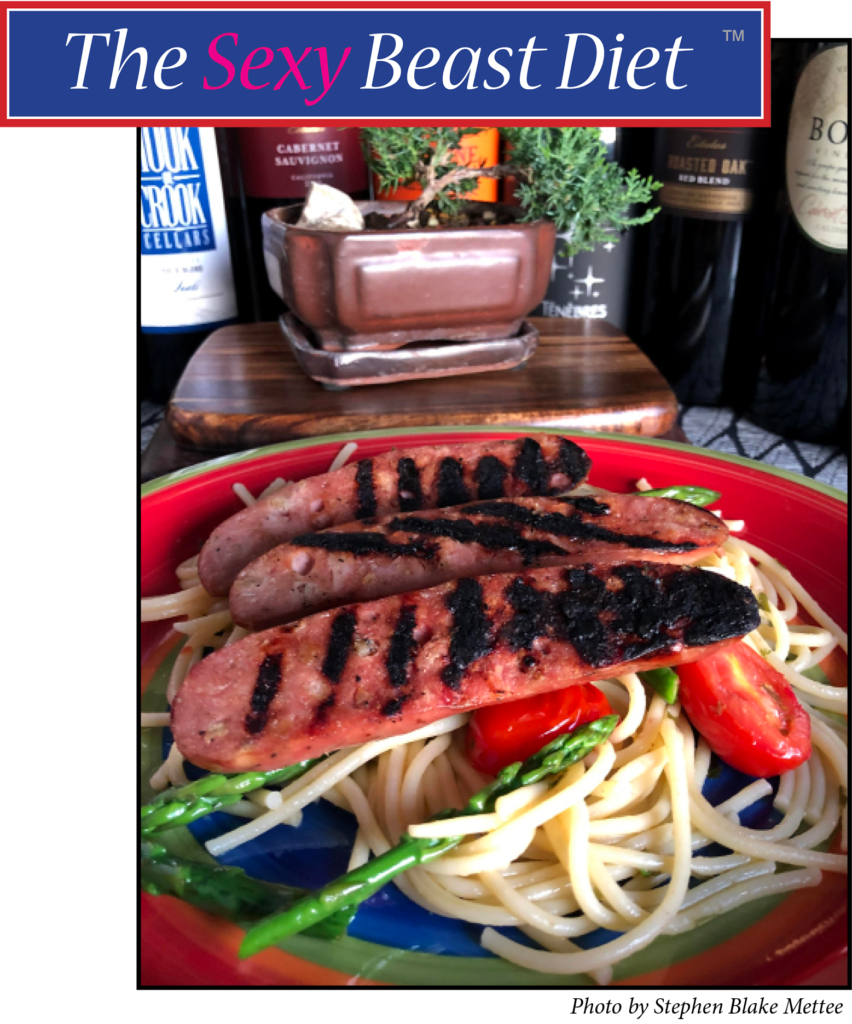
Hᴇʀᴇ ᴀʀᴇ sᴏᴍᴇ ᴀɴsᴡᴇʀs to questions you never had about spaghetti.
Where did spaghetti originate?
Many believe Marco Polo (1254–1354), who spent 17 years in China with his father and uncle, brought an Asian rice noodle recipe home to Venice. The clever Veneziani substituted wheat for rice.
Is that a certainty?
No, others think Arabs introduced spaghetti to Europe during a conquest of Sicily in the 9th century.
How much spaghetti do Americans eat each year?
It is reported that American supermarkets sold enough spaghetti in 2000 to circle the globe nine times.
What is the world record for the largest bowl of spaghetti?
Well, that is debatable, but, in 2010 a California (where else?) restaurant whipped up a 13,000-pound bowl using an above ground swimming pool.
What do Italians call spaghetti?
Spaghetti.
What are you supposed to yell when your Spaghetti All’italiana e Salsiccia is on the table?
Mangia!
You’ll need:
3 3-ounce (85g) chicken sausage links
4 oz dried spaghetti (A 2-ounce serving is about 1 inch in diameter when held between your thumb and forefinger.)
20 cherry tomatoes, cut in half
20 spears of asparagus
2 tbsp of olive oil
1 tbsp Salt
1 tbsp garlic powder or 5 cloves diced
1 tbsp dried oregano
1 tbsp dried basil
Do this:
Cut the sausage links lengthwise and sear on both sides on a grill or in a frying pan. Keep warm.
Prepare the asparagus spears by breaking each into two parts at the spot closest to the end that snaps when bent. The lower part will be tough, the top tender. Discard the lower part or save it for soup or something.
Bring a medium pot of water to boil. Add the salt.
Break the spaghetti strands in half and place them into the boiling water. Breaking the spaghetti makes it easier to dish up and easier to eat. Lower the heat to simmer.
Using a colander, drain the spaghetti when it is al dente. Note: “Al dente” pasta is cooked but still firm when bitten. Definitely not mushy.
Add the olive oil to the pot you cooked the spaghetti in. Place the pot over high heat for a minute. Add the cherry tomato halves, the asparagus spears, the garlic, the oregano, and the basil. Sauté this until the tomatoes begin to wilt.
Add the spaghetti and toss to coat the noodles. Continue until the spaghetti is reheated.
Place on warm plates and top with the sausage links.
If you desire, serve with a hearty red wine.
———
Servings: 2 Calories: 625 Satisfaction: 98
The Sexy Beat Diet tip:
Keep a bowl of cherry tomatoes on your kitchen counter for snacking. Ten tomatoes only delivers about 30 calories. BTW, room-temperature tomatoes are more flavorful.

